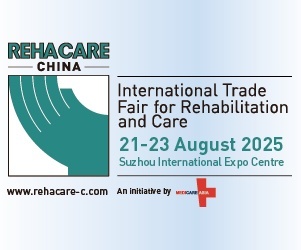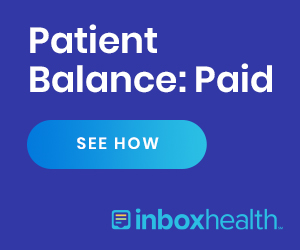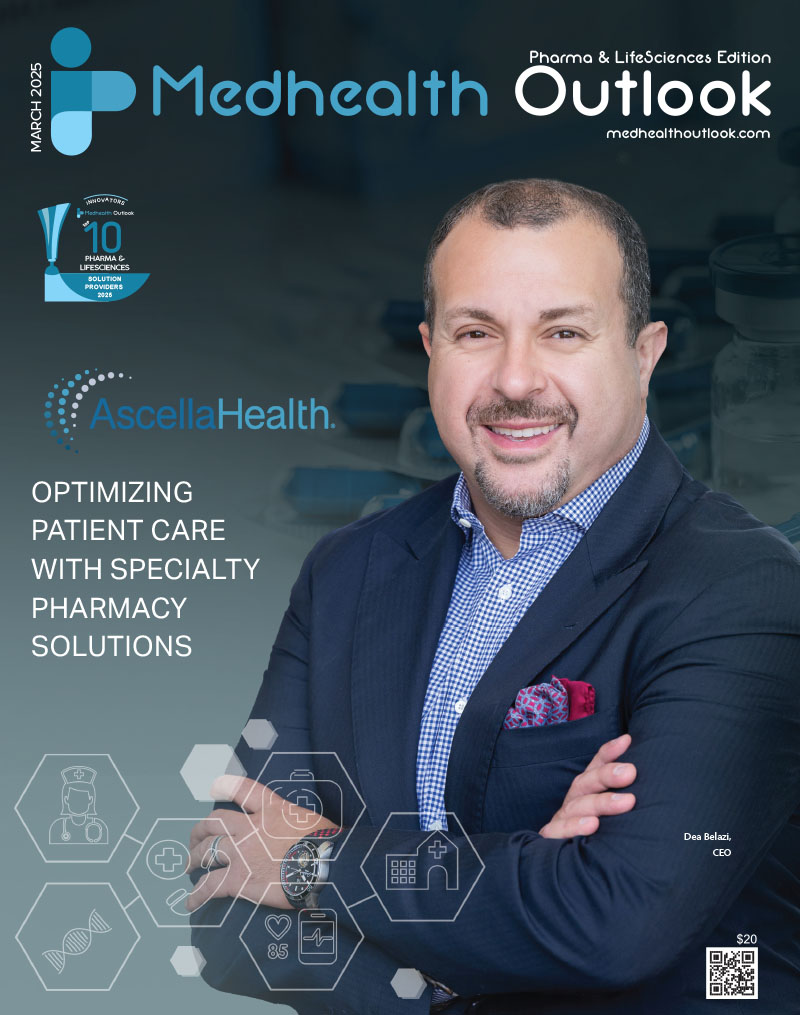Heart disease but not cancer is the number one killer in the US:
Global cases of cardiovascular diseases grew from 271 million in 1990 to 523 million in 2019[1]. During the COVID-19 pandemic, heart disease (20.1%) is still the most common cause of death after cancer (17.5%) and COVID19 (12.2%) [2]. The United States has the largest (43 million in 2012) aging population (>65 years of age) among developed countries and will reach 73 million by 2030 (U.S. Census Bureau). At ≥80 years of age, ~12% of American develops heartfailure[3]. In addition, cardiometabolic morbidity in the US increased steadily [4]. All the factors indicatethat we are facing an epidemic ofheartfailure at present, and without proper interventions, cases canincrease exponentially in the future.
Pharmafocuses on cancer but notcardiovascular drug development:
Despite the critical need, heart failure drug discovery efforts are declining[5], especially compared to cancer drugs; two cardiovascular and twenty-two oncology drugs are expected to hit the market in 2022. One of the difficulties of heartfailure drug development is the requirement of large and long clinical trials to validate efficacy in morbidity and mortality endpoints. So many promising cardiovascular drug candidatescould not meet statistical significance in their expected clinical endpoints at Phase III clinical trials. However, a recently issued FDA draft guidance clarified that the effect on symptoms or physical function without a favorable impact on survival or hospitalization could be a basis for approving drugs to treat heart failure [6]. Following the guidance, a phase III clinical trial of mavacamten, a novel drug candidate for obstructive hypertrophic cardiomyopathy, successfully demonstrated its efficacy in symptomatic and functional endpoints[7].There was an additionalstriking difference in mavacamten’s Phase III study compared to the other CVD clinical trials, which was its remarkably small size of cohosts to meet the statistical significance. While a typical size of CVD clinical trials is in the order of thousands, only 251 patients were enrolledand randomly assigned to mavacamten or placebo.
The important key message of mavacamten story wastwo folds: functional endpoints and patent stratification. The patient stratification in cardiovascular drug development has been well behind that in oncology. The precision medicine approach — the drug for the right patient at the right time — has not been implemented in heart failure drug development until mavacamten. Mavacamten is effective a stratified subgroup of hypertrophic cardiomyopathy that is less than 200,000 cases per year.Accordingly, a successful stratification of heart disease patients enables the identification of an effective drug target and improves the rate of patients responding to the targeted drug. Therefore, combination of patient stratification strategyand efficacious functional improvement could lead tomore targeted cardiovascular drug development. Because of little advancement in the precision heart failure therapies, we expect a significant potential and large number of patients who can benefit from a targeted treatment.
Precision medicine has been successful in oncology drug development [8]. The term “personalized medicine” was first introduced in The Wall Street Journal in 1999, and in the same year, oncologists were already discussing personalized medicine[9]. The term “precision medicine” describes the same idea; nevertheless, oncologists made precision medicine come to fruition first. One of the key advantages ofdeveloping precisionmedicine in oncology is its availability to collect patient samples. For example, more than 1 million women have breast biopsies each year in the US.So many cancer cell lines have beengenerated from biopsies, facilitating targeted cancer drug development [10]. However,a myocardial biopsyis considered an invasive procedure, and there is still limited access toheart failure patients’ biopsy samples, impeding molecular-based target identification and diagnostic approaches. Fortunately, emerging technologies, including applications of computational biology and artificial intelligence trained by the clinical data, isopening the way for the development of innovativeand targeted therapiesfor heart failure.
Pros and cons of precision medicine development
The precision medicine market is growing rapidly (~12% compound annual growth),but price of precision medicine is extraordinarily high. During the last few years, ~25% of drugs approved by the Food and Drug Administration were targeted therapy for stratified patients. However, Goldman Sachs analysis implies that high price, one-shot cures for targeted patients may not be a sustainable business model.In addition, the significantly high-priced therapies are not well received by the regulators and governments. Therefore, the fruition of revolutionary technologies,such as genomic analysis, digital technologies, and machine learning requiresthe participation of all stakeholders to createa more efficient health care ecosystem and society. Also,one should not forget that there would be financial benefitsto developing precision medicine in cardiovascular field, including small-size clinical trials and applications of repurposed drugs or failed drug candidates for a specific patient group. We are confident that advancement of precision medicine’s technologies for cardiovascular and cardiometabolic diseases will support longevity and healthy aging.
- Roth Gregory, A., et al., Global Burden of Cardiovascular Diseases and Risk Factors, 1990–2019. Journal of the American College of Cardiology, 2020. 76(25): p. 2982-3021.
- Shiels, M.S., et al., Leading Causes of Death in the US During the COVID-19 Pandemic, March 2020 to October 2021. JAMA Internal Medicine, 2022. 182(8): p. 883-886.
- Heidenreich, P.A., et al., Forecasting the Impact of Heart Failure in the United States: A Policy Statement From the American Heart Association. Circulation: Heart Failure, 2013.
- Cheng, X., et al., Trends in the Prevalence of Cardiometabolic Multimorbidity in the United States, 1999-2018. Int J Environ Res Public Health, 2022. 19(8).
- Van Norman, G.A., Overcoming the Declining Trends in Innovation and Investment in Cardiovascular Therapeutics: Beyond EROOM’s Law. JACC. Basic to translational science, 2017. 2(5): p. 613-625.
- Guidance, D., Treatment for Heart Failure: Endpoints for Drug Development Guidance for Industry. 2019.
- Zampieri, M., et al., Mavacamten, a Novel Therapeutic Strategy for Obstructive Hypertrophic Cardiomyopathy. Curr Cardiol Rep, 2021. 23(7): p. 79.
- Parseghian, C.M., et al., Assessment of Reported Trial Characteristics, Rate of Publication, and Inclusion of Mandatory Biopsies of Research Biopsies in Clinical Trials in Oncology. JAMA oncology, 2019. 5(3): p. 402-405.
- Jørgensen, J.T., Twenty Years with Personalized Medicine: Past, Present, and Future of Individualized Pharmacotherapy. Oncologist, 2019. 24(7): p. e432-e440.
- Sokolenko, A.P. and E.N. Imyanitov, Molecular Diagnostics in Clinical Oncology. Frontiers in molecular biosciences, 2018. 5: p. 76-76.


















